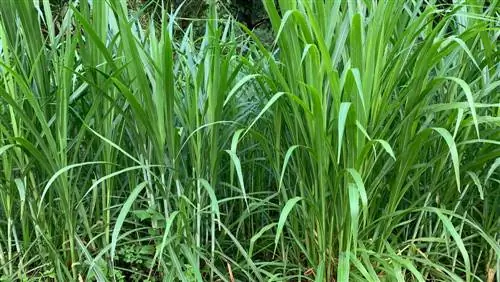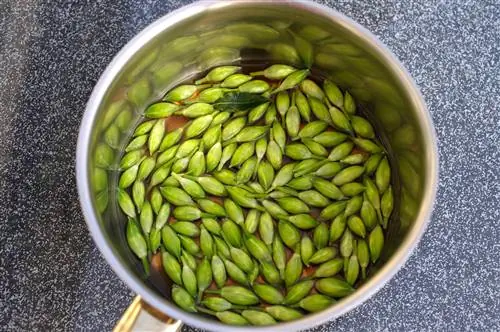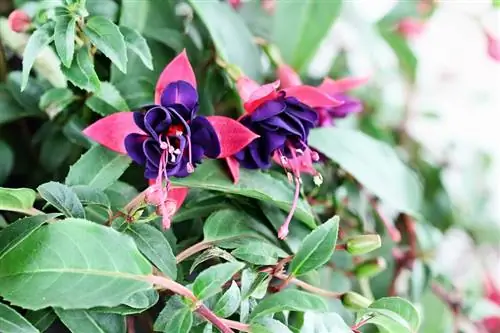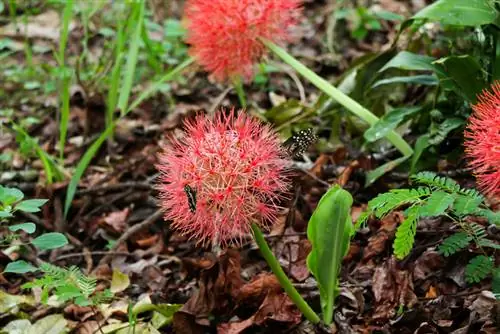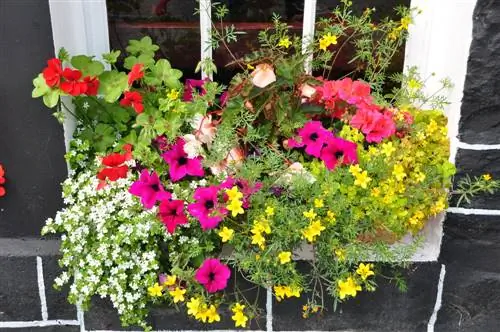- Author admin [email protected].
- Public 2023-12-16 16:46.
- Last modified 2025-06-01 06:02.
The feather bristle grass (Pennisetum) is known to be a rather lazy bloomer. In order for the attractive flower spikes to appear in late summer, all the requirements of the ornamental grass must be met. In the following article we have summarized the possible causes and their remedies and give you valuable care tips.
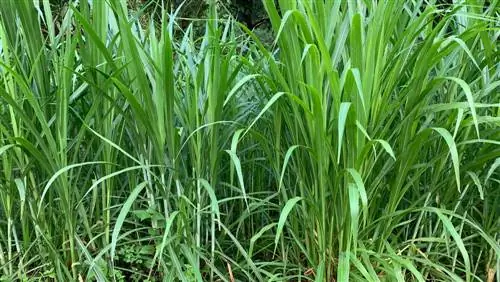
Why isn't my Pennisetum flowering?
If the Pennisetum grass (Pennisetum) does not bloom, the causes may be cool temperatures, drought, lack of nutrients or unsuitable location. Remedies include: watering sufficiently, changing the location, fertilizing and, if necessary, increasing the distance between plants.
The reasons for the lack of flowering
A disease is almost never responsible for Pennisetum not producing flowers. In addition, the feather bristle grass is extremely robust and is rarely attacked by pests.
- If it is too cool and rather rainy, the ornamental grass will lack warmth and will not bloom.
- The plant needs a lot of moisture to form the ears. In summers when there is little rain, there may be a lack of it.
- A location in the garden that is generally too dry also causes lazy flowering.
- Pennisetum has a high nutrient requirement and should be fertilized regularly.
- If the clumps become too large and move too close to the neighboring plants, this can lead to no flowers.
Remedy
If environmental influences such as humid, cool summers are to blame for the lazy flowering, there is little you can do about it. However, if care errors are the cause, they can simply be corrected and you can enjoy the pretty flower spikes in late summer.
- Water the ornamental grass daily during hot periods. This is most effective in the early morning or evening.
- If the feather bristle grass is in a rather dry corner of the garden, you can move it in spring. You should take this opportunity to share any nests that have grown up. - Fertilize the Pennisetum grass moderately but regularly. A commercially available fertilizer for green plants (€19.00 on Amazon), which you administer in the amount printed on the package, has proven to be effective.
- If the plants in the bed are too close together, they will compete for nutrients. If necessary, expand the area or move some plants to create enough space for the individual plants.
Tip
Ants like to nest near the Pennisetum grass. You can recognize these by the fine crumbs of earth and small piles at the base of the ornamental grass. Since the small crawling creatures fulfill ecologically important tasks in the garden, you should not destroy them. It is enough to slurry them up with a jet of water until they find another habitat on their own.

